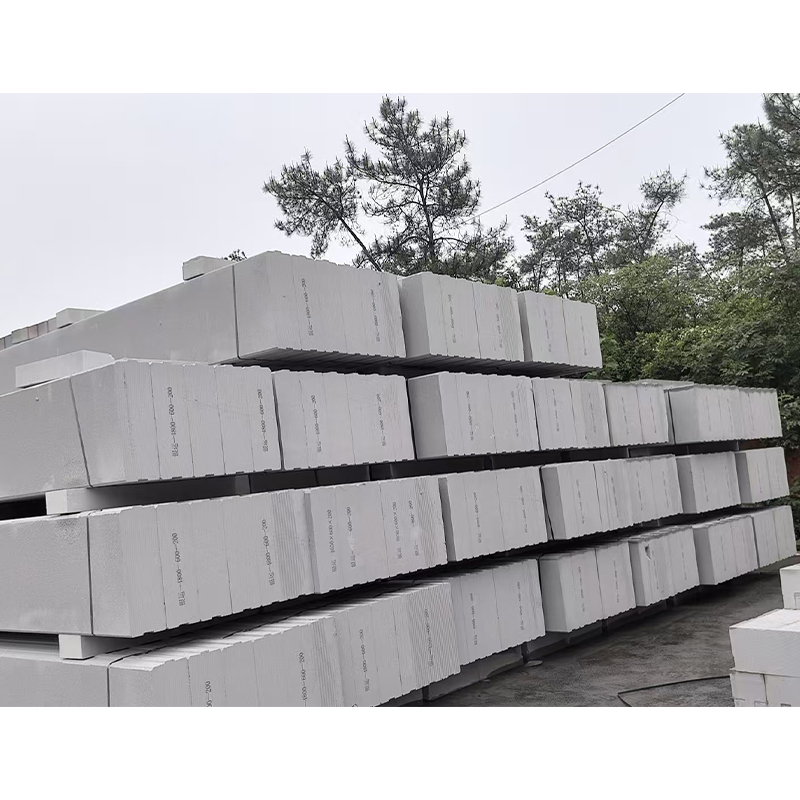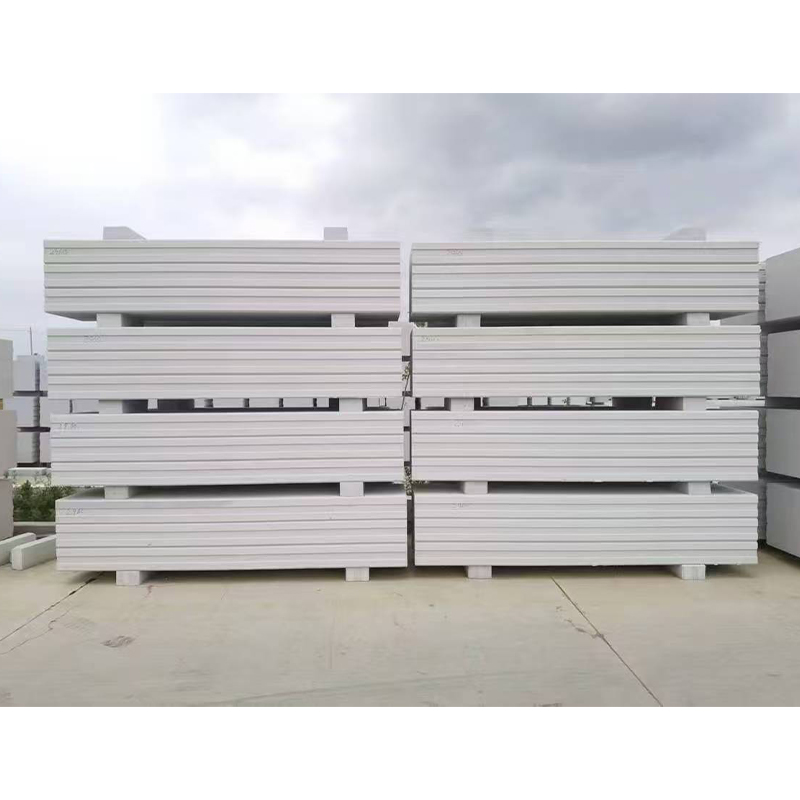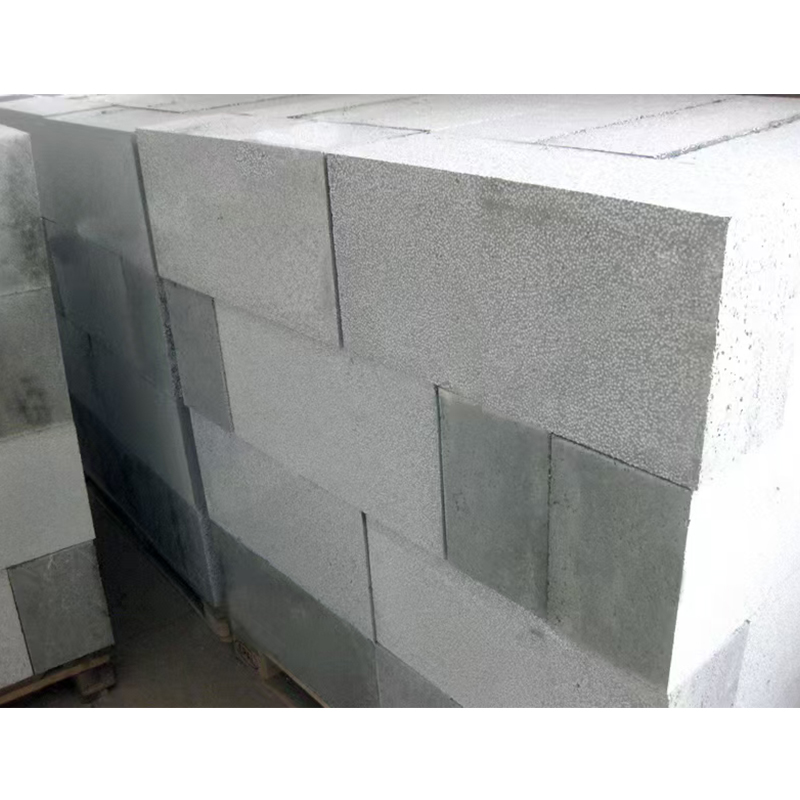How does the hydrophobic treatment process on the surface of insulation bricks improve its moisture-proof and frost-resistant properties?
Release Time : 2025-10-08
The surface hydrophobic treatment of insulation bricks effectively improves their moisture and frost resistance through a combination of physical and chemical methods. Its core objective is to block water penetration pathways and enhance the material's resistance to environmental erosion. This process requires a comprehensive approach encompassing four dimensions: material selection, process design, structural optimization, and long-term stability.
The choice and application method of the hydrophobic agent directly impacts the treatment's effectiveness. Silicone hydrophobic agents, due to their high affinity for inorganic silicate materials, are the mainstream choice for hydrophobic treatment of insulation bricks. Their mechanism of action is to alter the surface energy of the material through chemical bonding, making it difficult for water molecules to adhere. For example, modified silicone hydrophobic agents can be applied by spraying or incorporated into dry-mix mortar. The former is suitable for surface treatment of finished insulation bricks, while the latter is used for raw material mixing during the production phase. Multi-component copolymer hydrophobic powder, when mixed in proportion to the cement mortar, can be evenly dispersed within the material, forming a three-dimensional hydrophobic network that effectively prevents water intrusion.
Process design must balance permeability and uniformity. For fiber-based insulation bricks, the spraying process requires a multi-ring spraying device to ensure uniform coverage of the hydrophobic agent across each fiber and prevent localized leakage. Cementitious insulation bricks face challenges in compatibility between the hydrophobic agent and the manufacturing process. For example, in the production of foamed cement or foamed concrete, the hydrophobic agent can act as a defoamer, leading to process failure. Solutions include coating the hydrophobic agent in a powder form and triggering the removal of the coating after the product has gelled and formed, or impregnating the product with the hydrophobic agent after it has been formed, but optimizing the impregnation time and uniformity is crucial.
Structural optimization is key to improving moisture and frost resistance. The pore structure of insulation bricks must balance thermal insulation and water resistance. A higher closed porosity yields better insulation, but the hydrophobic treatment of the pore walls must be complete. For example, hydrophobic perlite insulation bricks achieve a closed pore structure by uniformly mixing a specially modified binder with perlite and applying pressure through a high-pressure mechanical mold. The pore surfaces are then treated with a hydrophobic agent to block moisture penetration pathways. Furthermore, the gradient pore structure design achieves dual functions of thermal insulation and load-bearing. The dense pore structure of the outer layer provides a waterproof barrier, while the loose pore structure of the inner layer ensures thermal insulation performance.
Detailed design of the surface treatment process directly impacts moisture-proofing effectiveness. Before spraying water-repellent on insulation bricks, ensure the surface is dry and inspected and pass inspection. Apply two coats to avoid any gaps. The dilution ratio of the water-repellent must be strictly controlled, for example, by mixing the mixture in a proportional amount with water and stirring thoroughly before application. For exterior wall insulation systems, a waterproof and breathable membrane should be installed between the insulation bricks and the decorative layer to allow water vapor to escape while preventing liquid water from entering, thus preventing condensation accumulation caused by temperature differences.
Long-term stability requires material modification and process control. The water-repellent must possess UV and antioxidant properties, such as by adding hindered amine light stabilizers and UV absorbers to extend its outdoor service life. In insulation brick production, the precision of sintering temperature control affects the product's shrinkage and pore structure. Dynamic compensation technology is required to maintain spindle rotation stability to prevent structural defects caused by equipment vibration. Insulation bricks must also be stored in a moisture-proof and fire-proof manner, away from strong acids, to ensure long-term water-repellency.
Environmental adaptability is a key indicator of moisture-proof and frost-resistant properties. In extremely cold regions, insulation bricks must withstand freeze-thaw cycles. Highly absorbent materials are prone to cracking due to the expansion of frozen water. Hydrophobic treatment can reduce the material's equilibrium moisture content and mitigate freeze-thaw damage. For example, rock wool boards treated with hydrophobic treatment showed no blistering, hollowing, or peeling of the finish layer after high-temperature water spraying and heating-freezing cycles, exceeding national standards.
The surface hydrophobic treatment process for insulation bricks creates a multi-layered moisture-proof and frost-resistant system through the selection of hydrophobic agents, process optimization, structural design, and long-term stability control. This system not only improves the environmental adaptability of insulation bricks but also extends their service life, providing reliable guarantees for building energy efficiency and structural safety.






